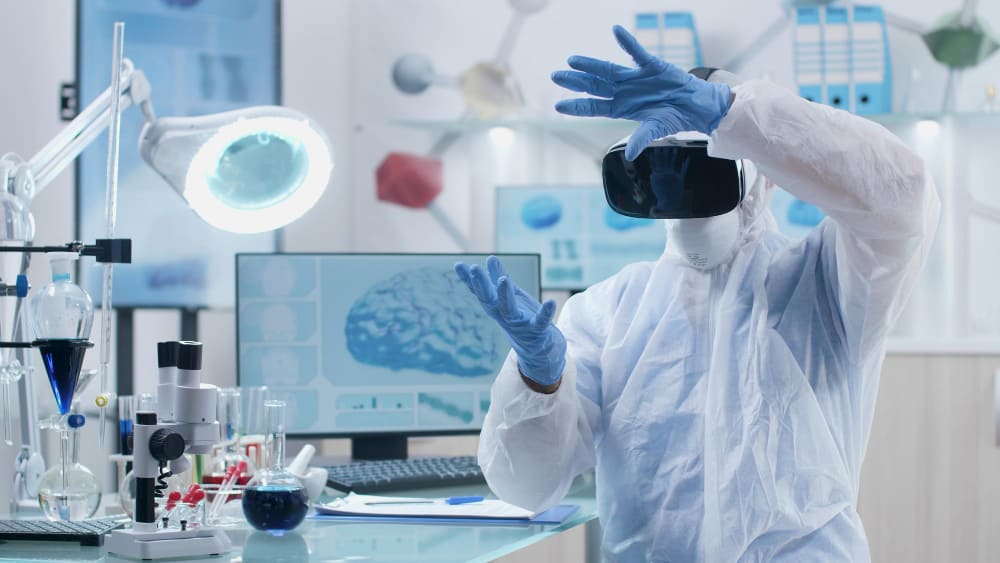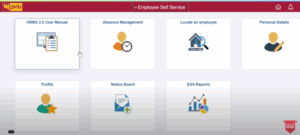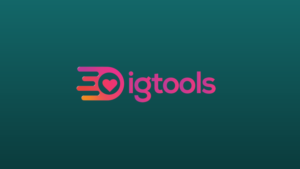Disruptive Trends in the Healthcare Industry

What is Disruptive Healthcare Technology?
Disruptive technology is an innovation that fundamentally transforms how markets, industries, or businesses function. As it develops, the technology addresses several pain points for both patients and medical professionals and is steadily altering the nature of healthcare as we know it. For instance, by assisting healthcare organizations in analyzing historical data and aligning it with their current and future needs, big data enables them to detect patterns and stay better equipped to fulfill these needs. Big data and other technologies such as virtual reality (VR), robotics, and artificial intelligence (AI) have such a significant influence on the healthcare sector that it would be nearly impossible to function without them.
When Technology Meets Healthcare
Disruptive technology has caused significant changes in the healthcare industry. Over the past decade, healthcare institutions worldwide have had to adapt to a slew of unprecedented industry developments. This encompasses introducing novel technology and medical devices for use in the healthcare setting and creating new care models by businesses outside the healthcare industry. As companies turn to AI, cloud computing, VR, AR, and the internet of things (IoT) to design and deliver novel treatments and services, we see a rise in healthcare trends such as telemedicine, personalized medicine, genomics, and wearables. Most impactful healthcare trends originate in the development of novel digital solutions and technologies. Healthcare providers have adopted electronic health records (EHRs), patients have online access to their medical data through portals and apps, and mobile phones have altered how we access, deliver, and record healthcare.
Disruptive Healthcare Industry Trends and the Technologies Behind Them
Technology is changing the way that healthcare is provided and managed. Healthcare is experiencing disruption on all fronts, including those related to AI, IoT, 3D printing, and robotics. Here are a few instances of changing healthcare industry trends due to cutting-edge medical technology.
- Consumer electronics, wearable technology, and mobile apps: Previously, patients could access their biometric information only by visiting the doctor’s office. Now that fitness trackers on mobiles and smartwatches are collecting health data, individuals can view and monitor their medical data on the go. Thanks to technology, people can now take charge of their health and well-being.
- AI and ML (machine learning): As in other industries, the primary application of AI in healthcare is to aid in the organization of the enormous complex, unstructured data available for collection and analysis. Healthcare is rife with applications for AI and machine learning, whether it is a patient intake, predictive analytics, or novel drug development. Apps incorporating AI can handle billing, scheduling, and patient intake. Chatbots respond to queries from patients. AI can compile and analyze survey results since it can process natural language. AI will likely be used more frequently in healthcare to save expenses and free up employees and physicians to concentrate on patient care.
- Telemedicine and telehealth: The COVID-19 pandemic has had a significant, long-lasting impact on the advancement of telemedicine. Now that the world has experienced the benefits and comfort of telehealth, most patients claim to be open to the idea of receiving care virtually in the future.
- Blockchain: Supply and distribution, medical data processing, and research are a few healthcare-related aspects that blockchain is revolutionizing, thanks to its improved storage and security.
- 3D printing: The scope of 3D printing in the medical field is huge. The price of creating prototypes, prosthetic limbs, skin and tissue, and other items is reducing thanks to 3D printing, which is developing swiftly as a technology. Doctors benefit from 3D printing because it allows them to provide their patients with the higher-quality care they need and deserve. For instance, 3D printing can be used to develop personalized designs for each patient’s prosthesis. Using stem cells to make organs today, is also significantly advancing the organ transplant procedure. Instead of invasive skin grafts, burn victims now take 3D-printed skin.
- AR: Another effective countermeasure to disruptive healthcare technology is AR. It produces its brand of extended reality by adding visuals and audio to the real world. Its primary application in the healthcare sector is for educational purposes. For instance, AR could assist in the understanding of disease therapy as well as enhance patient and caregiver empathy. A 3D model of a human body enables doctors of all experience levels to better understand and carry out surgeries on it. This makes them more prepared to manage the actual condition by helping them concentrate on the task at hand, spot shortcomings, consider potential mistakes, and scout out gaps.
- Big data and EHRs: EHRs have become an increasingly important component of patient care. However, the enormous volume of EHR data may be utilized for much more than just patient health records. The data can be utilized for research, enhancing care, developing AI applications, and opening up new economic prospects.
- Robotics: The most fascinating and rapidly developing area of healthcare is robotics. Robotic surgical assistants are just one example of the developments. A significant part is also played by pharmabotics, cleaning robots, and exoskeletons. In the field of mental health, robot companions can help with social isolation and mental illnesses. Children with chronic conditions can also benefit from them. They all feature touchscreens, cameras, speakers, and microphones for interaction. They also keep an eye on their body temperature, breathing rate, and medication levels.
Read More: Is Virtual Reality Learning Going To Help With Assignments?
The Future of Healthcare
Disruptive innovation is still best viewed as a continuous process. Innovations constantly upend the status quo because of the nature of technology. According to a report, 80% of healthcare providers intend to boost their investments in technology and digital solutions over the next five years. How these technologies will be made accessible to a wider audience and integrated into daily operations is still a long way off. The use of these technologies, which will benefit everyone, will increase as the sector develops. As more and more organizations invest in healthcare business process solutions, the industry will keep evolving.
Titanium’s Role In Disruptive Healthcare Trends
Titanium is used throughout the medical industry and will continue to do so as new technologies emerge. Please see the information to learn more on how titanium is used across the medical industry.
Provided by Titanium Processing Center – a titanium company

Mahesh Kumar is a dynamic marketing consultant and tech enthusiast with a passion for driving business growth through his innovative strategies and cutting-edge technology. With 6 years of experience in the industry, he has helped numerous businesses leverage the power of digital marketing to reach their target audience, build brand awareness, and increase sales.







